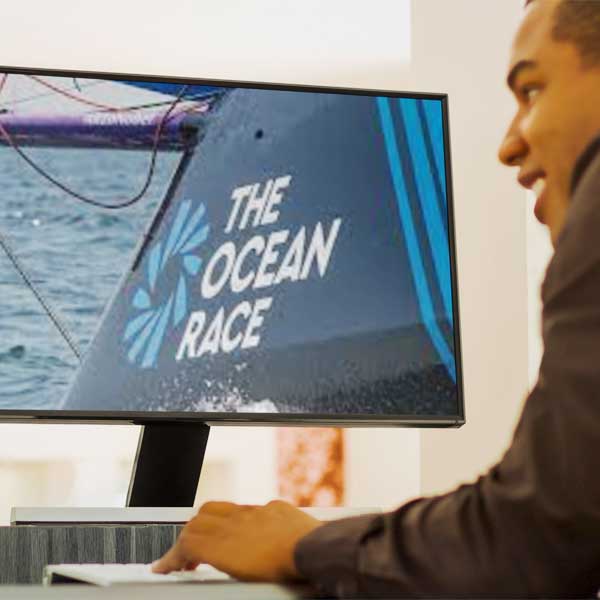Previously known as the ‘Volvo Ocean Race’, the Ocean Race is the latest version of the Whitbread Round the World Sailing Race first run in 1973. It is a team-based offshore event with multiple stop-overs.
The next edition of the race will be the first without Volvo’s involvement, and is scheduled to start in October of 2022. The route has been announced, and unlike other Round the World races which stay in the Southern Ocean, markets that can be activated include China and the USA.
The 2022 race will also differ from recent races in that there will be multiple classes of boat. As well as the VO65 One-design class that was designed for the race, IMOCA ‘Open’ 60 boats – used in the Vendee Globe will also compete.
Why Sponsor the Ocean Race
Under Volvo’s title sponsorship, the race was one of the most professionally managed sailing events in the world. Millions of people have been exposed to the race and the multiple stops increases the exposure of the event, often in markets that are not know to be sailing hotspots.
- The race will begin in Alicante, Spain. Stopovers include Shenzhen China, Newport USA, Aarhus Denmark and the finish will be in Genoa Italy.
- The Ocean Race has invested heavily in creating engaging content. On-board reporters equipped with drones and high-speed satellite internet has brought offshore racing onto millions of people’s screens.
- The Facebook page of the Ocean Race is liked by nearly half a million people. While that’s not a lot compared to a global football club, it is significant in the sport of sailing.
- The teams announced for the 2022 race represent more countries than recent races. Teams from China, Mexico as well as a European team under the European flag are registered to take part.
Ocean Race Sponsorship Considerations
The Ocean Race is one in transition. Not to be confused with the Ocean Globe Race, the new management will have an impact on the success of the race.
- The two boat classes will add complexity to the experience. Boats will race at different speeds and for non-sailing fans there will be a need to explain the differences.
- While the end of 2022 seems like a way off (this was written in May 2021), travel restrictions may still be in place in some countries and may have an impact on visitors to race villages and corporate hospitality options.
- Offshore sailing is a subset of sailing that has a fanbase which is concentrated in the UK and France. While there are teams from other countries, the race does not stop in the USA or Asia so the race will need to be augmented with other activities to activate in those markets.
The Ocean Race Audience Analysis
The Ocean Race has been transparent with its numbers. With such a large Facebook fanbase it is also easy to use data analysis tools to get an insight into the Ocean Race audience.
The Volvo Ocean Race worked hard to write diversity into the rules. Team SCA was an all female team and more recently mixed crews were permitted. Cause based teams have also been represented in recent editions. This makes the audience a bit broader than events like the America’s Cup.
Gender Split
Despite the diversity initiatives, the Ocean Race online audience profile is 76% male and 24% female.
Age Profile
The sport of offshore sailing doesn’t have big appeal with the 18-24 demographic. Just 7% of the audience are in this age-range. 20% of the online likes come from people 25-34 and 50% of the audience is between 35 and 54. 30% of the people who like the Ocean Race on Facebook are over 55.
The addition of the IMOCA class may bring the age-range down a little, but it will depend on which IMOCA sailors are involved.
Ocean Race Sponsorship Strategy
This is a global platform that can be used to activate a wide variety of messages. With the inclusion of China and the USA as markets, it provides access to important markets for brands.
Contact Us for more information…
